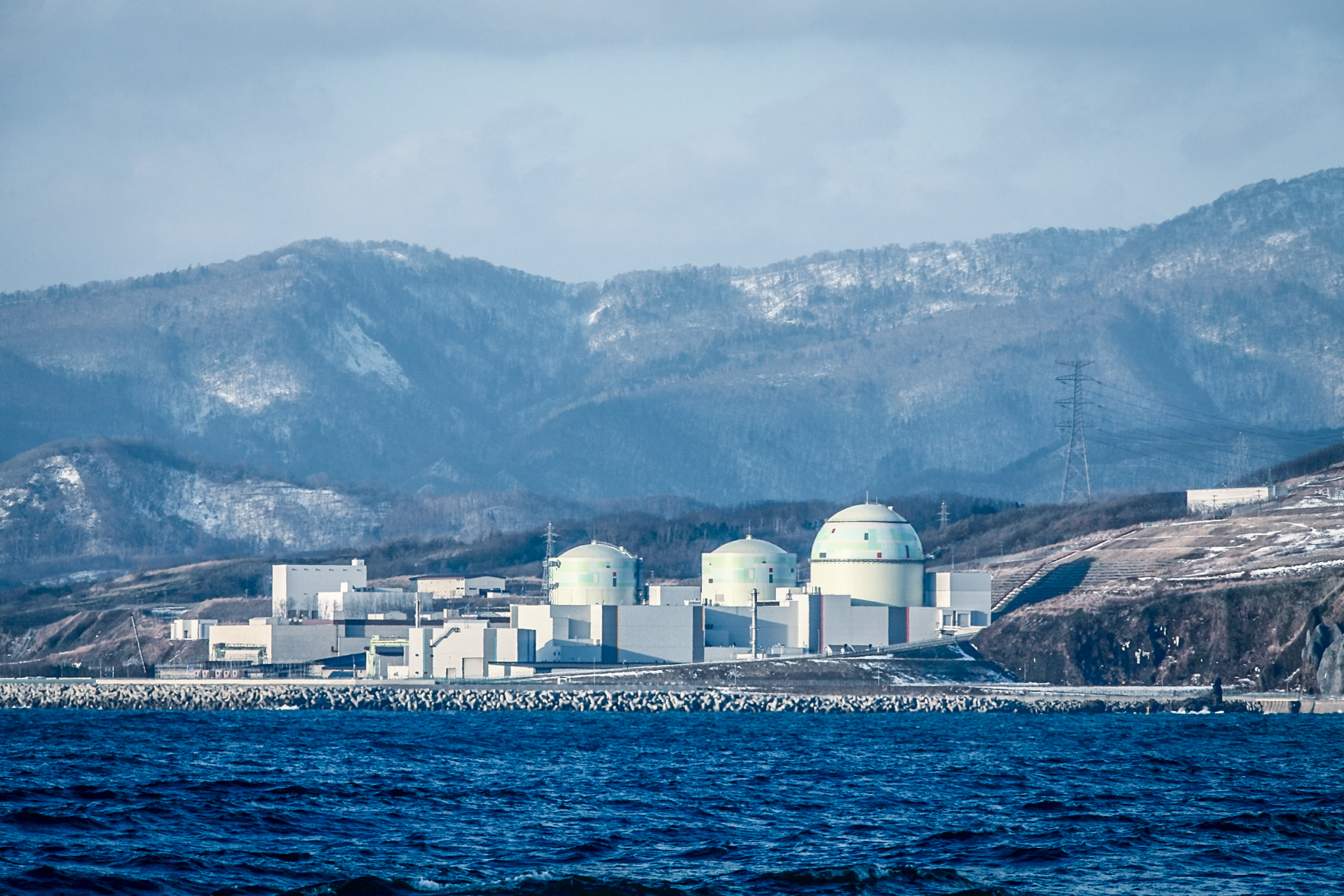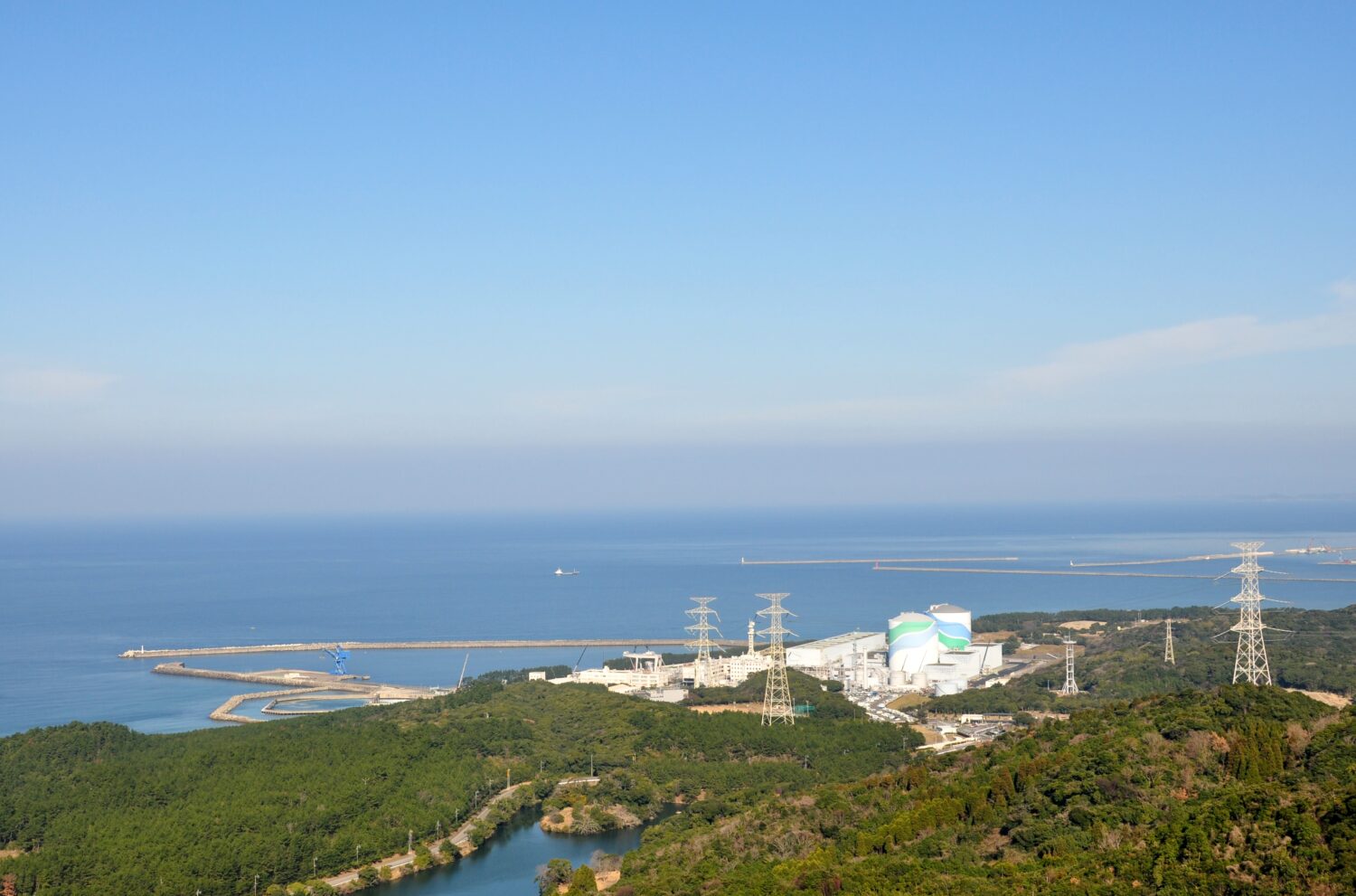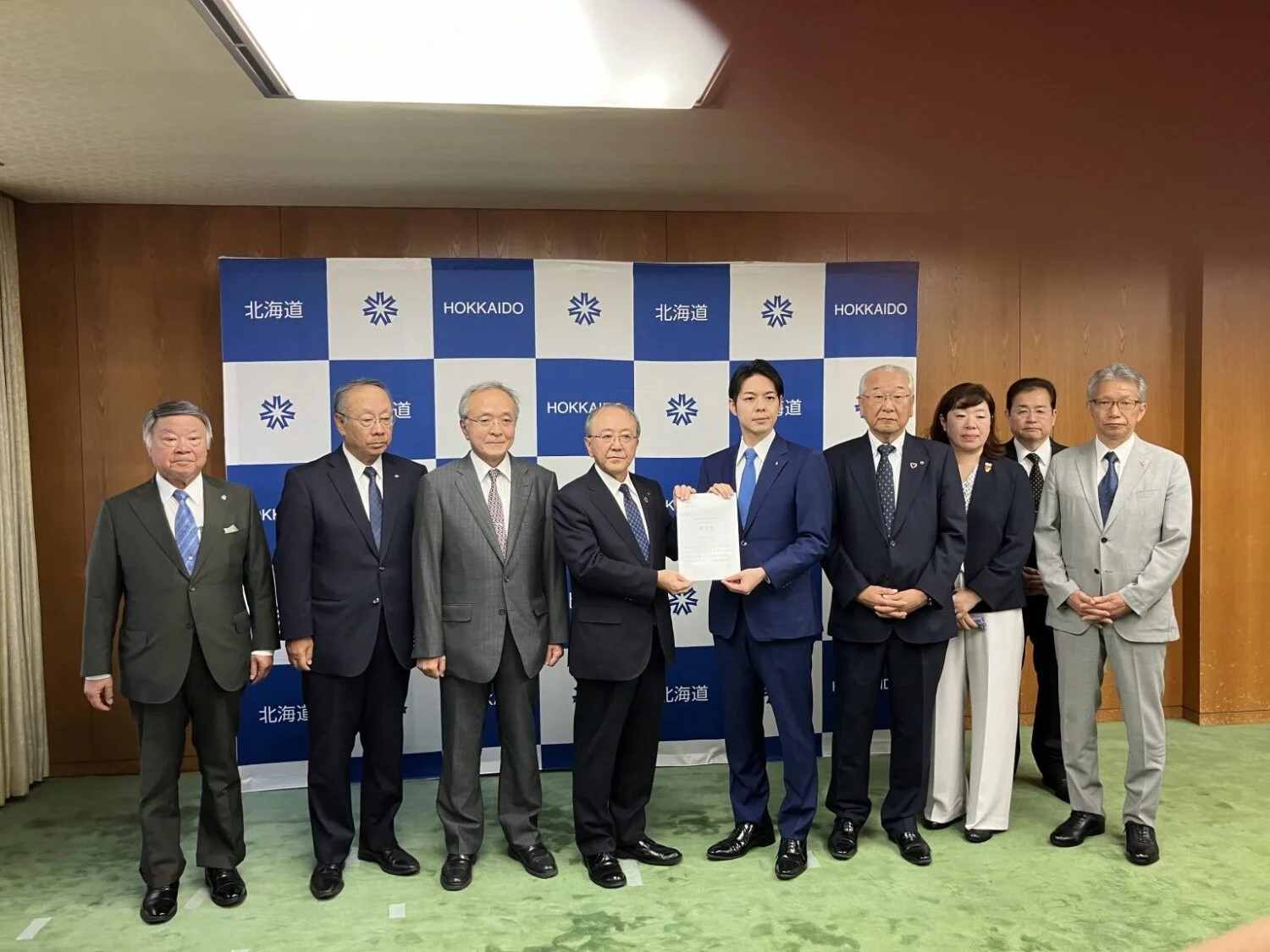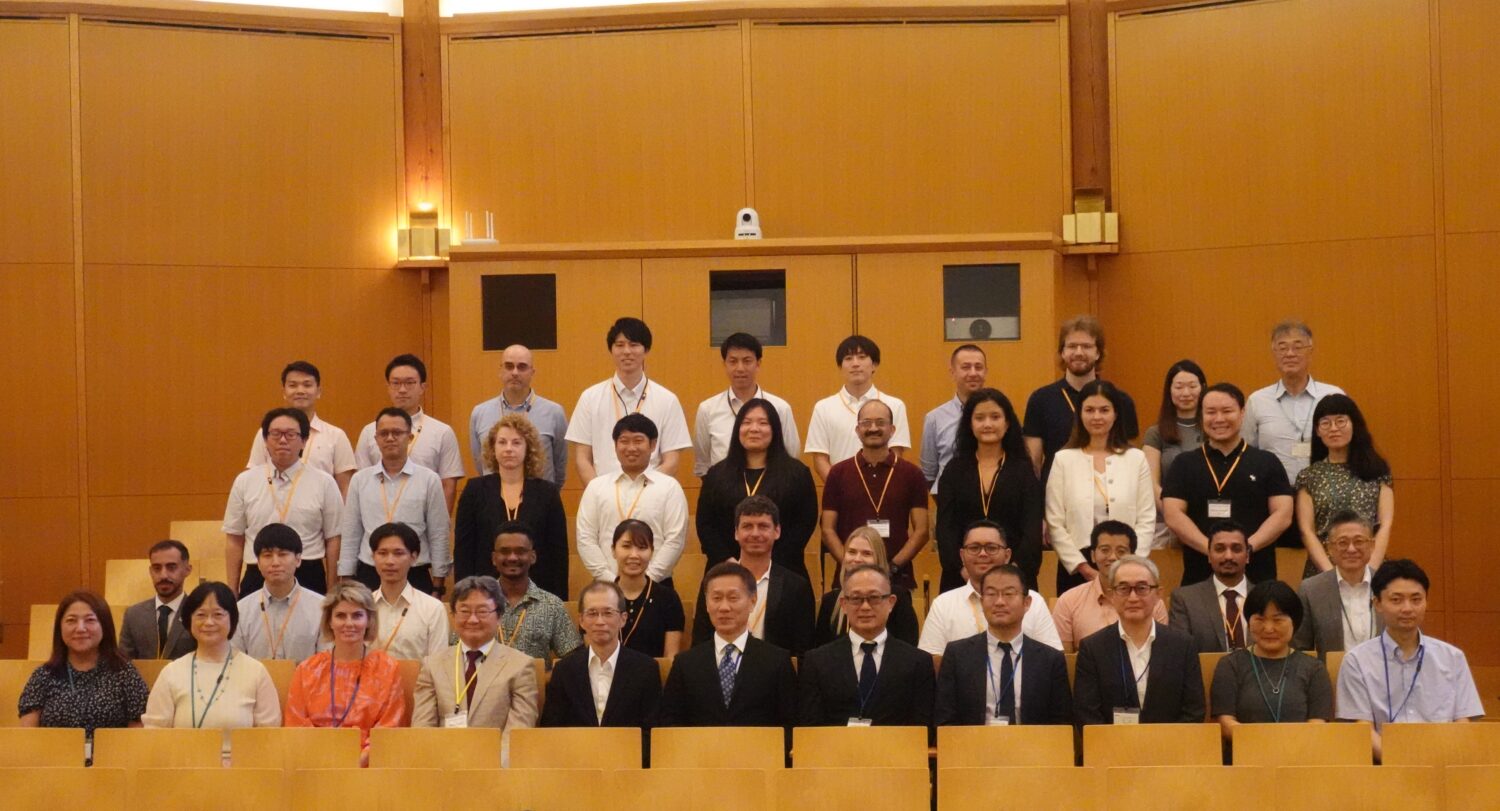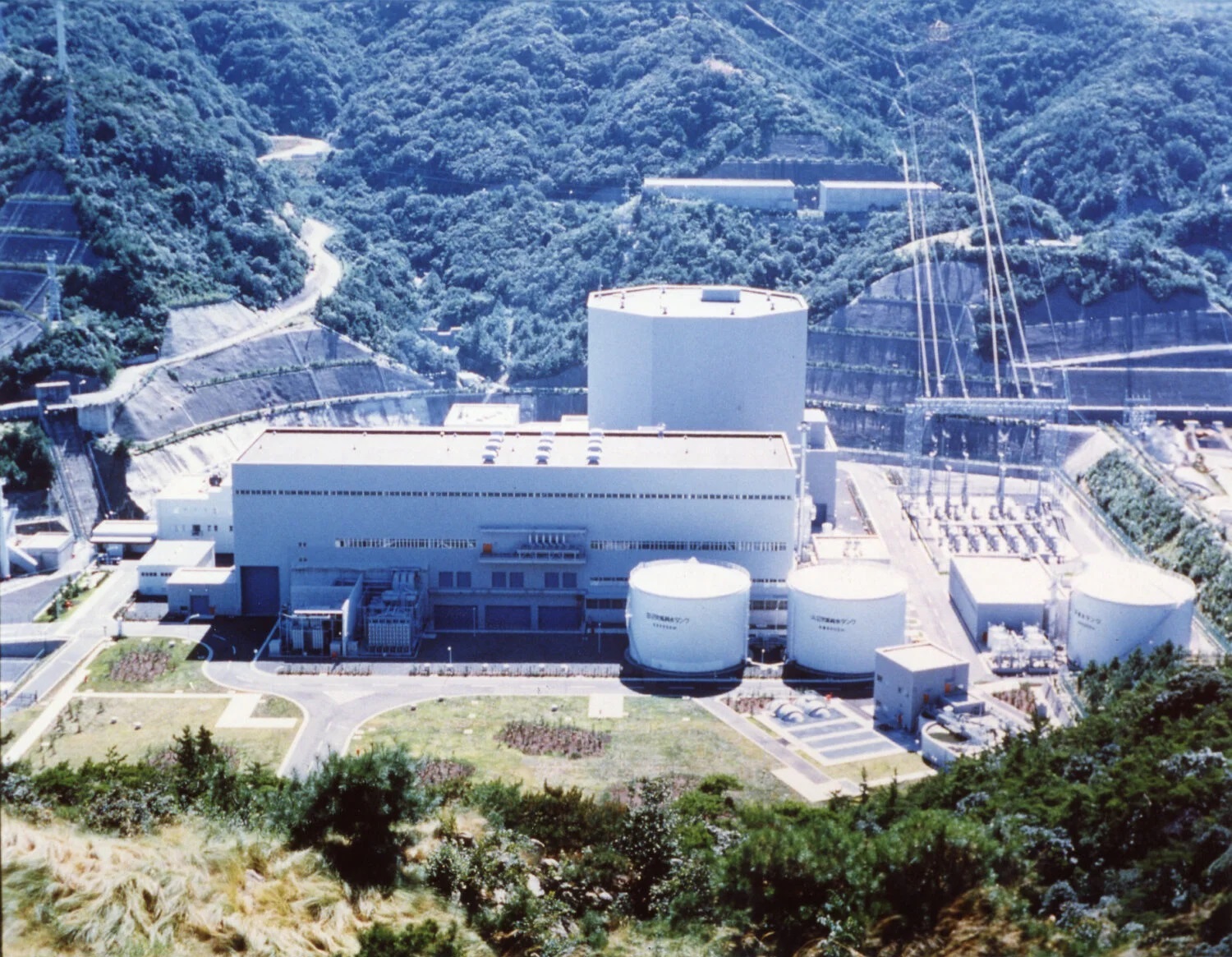The latest meeting of the panel of experts, which was held without JAPC representatives being given permission to attend, rejected the massive amount of survey data presented by the JAPC to show no active fault exists. Meanwhile, there was scant demonstration of supporting data and interpretations at the meeting indicating the existence of an active fault, casting huge doubt on the “scientific fairness” and “open decision-making” espoused by the NRA.
According to the new regulatory standards of the NRA, important facilities such as nuclear reactors must be built on ground that has no possibility of slipping in the future owing to geological faults and the like. A fault having the “possibility of slipping in the future” has been defined as one that has undeniable proof of not having been active since the Late Pleistocene, or some 120,000 and 130,000 years ago.
In May 2013, NRA determined that the D-1 fracture zone lying directly under Unit 2 of the Tsuruga Nuclear Power Station, or Tsuruga-2, had the “possibility of slipping in the future.” Cited as proof for that was the so-called “K fault” newly discovered in December 2012. The NRA experts believe that the K fault and D-1 fracture zone move in unison.
The K fault was found during surveys of trenches dug over a broad area to the north of Unit 2, where the D-1 fracture zone is thought to extend. Two months ago, at the September 2014 meeting of the NRA panel of experts, the JAPC presented several pieces of evidence in rebuttal of the K fault, including the following:
- The K fault does not affect the geological stratum that includes volcanic ash that fell around 127,000 years ago, representing a clear difference in era from a geological stratum for which fault slippage can be recognized.
- A comparison with the results of boring surveys in the vicinity, including Tsuruga Bay, has confirmed that the period in which the volcanic ash accumulated correctly corresponds with the depositional age of the geological stratum.
- There is an intermediate layer lying between the layer affected by the K fault and the one not affected by the same fault, and which is believed to have turned into soil over many years through exposure to the surface, with a clear difference in eras between the two.
Nonetheless, the latest meeting of the NRA panel of experts completely rejected the evidence presented this time by the JAPC, concluding instead that it could not be denied that the K fault may have influenced the geological stratum that includes the volcanic ash some 127,000 years ago.
Although the JAPC had adopted the method of analyzing the direction (fault strike), slant, and other characteristics of the geological layers affected and unaffected by the K fault, so as to reinforce its argument that there has been no seismic activity there since the Late Pleistocene, the NRA panel of experts also rejected that, saying that “it is not something that can completely reinforce that.” The NRA experts often used such expressions as “the JAPC interpretation is not the only one, as other interpretations are also valid,” without hardly ever citing the reasoning of the NRA experts, saying that “the possibility cannot be denied that it is an active fault.”
Meanwhile, as for the continuity of the K fault and the D-1 fracture zone, almost no discussion took place. The NRA experts said that the possibility “cannot be denied” that the two form a continuous structure, reaching the conclusion that the D-1 fracture zone also corresponds to an active fault.
While the K fault is a reverse fault, the D-1 fracture zone is a normal fault. Naturally, however, the NRA experts failed to give any evidence of a continuous structure between the two.
The JAPC has strongly criticized the judgment of the NRA panel of experts this time, for the following reasons:
- The NRA only mentioned “possibilities” and “inferences,” while failing to demonstrate any concrete evidence or supportive data that would be sufficient to overturn the evaluation that the JAPC had made based on its survey data.
- All of the NRA’s judgments can be sufficiently rebutted and disproved, and can hardly be described as “scientific judgments” based on the regulatory standards.
Despite JAPC’s request to the NRA to create an opportunity for the necessary debate to be carried out with the attendance of JAPC representatives, such an opportunity has not come to pass. Although the foremost of NRA’s principles is the statement that it will “make its decisions independently from a scientific and technological standpoint, without any constraints,” it seems to have abandoned the part about “a scientific and technological standpoint,” leaving just the phrases about “making its decisions independently … without any constraints” to take on a life of their own.


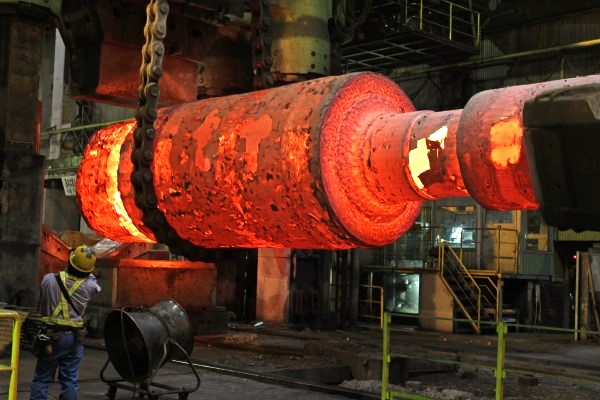








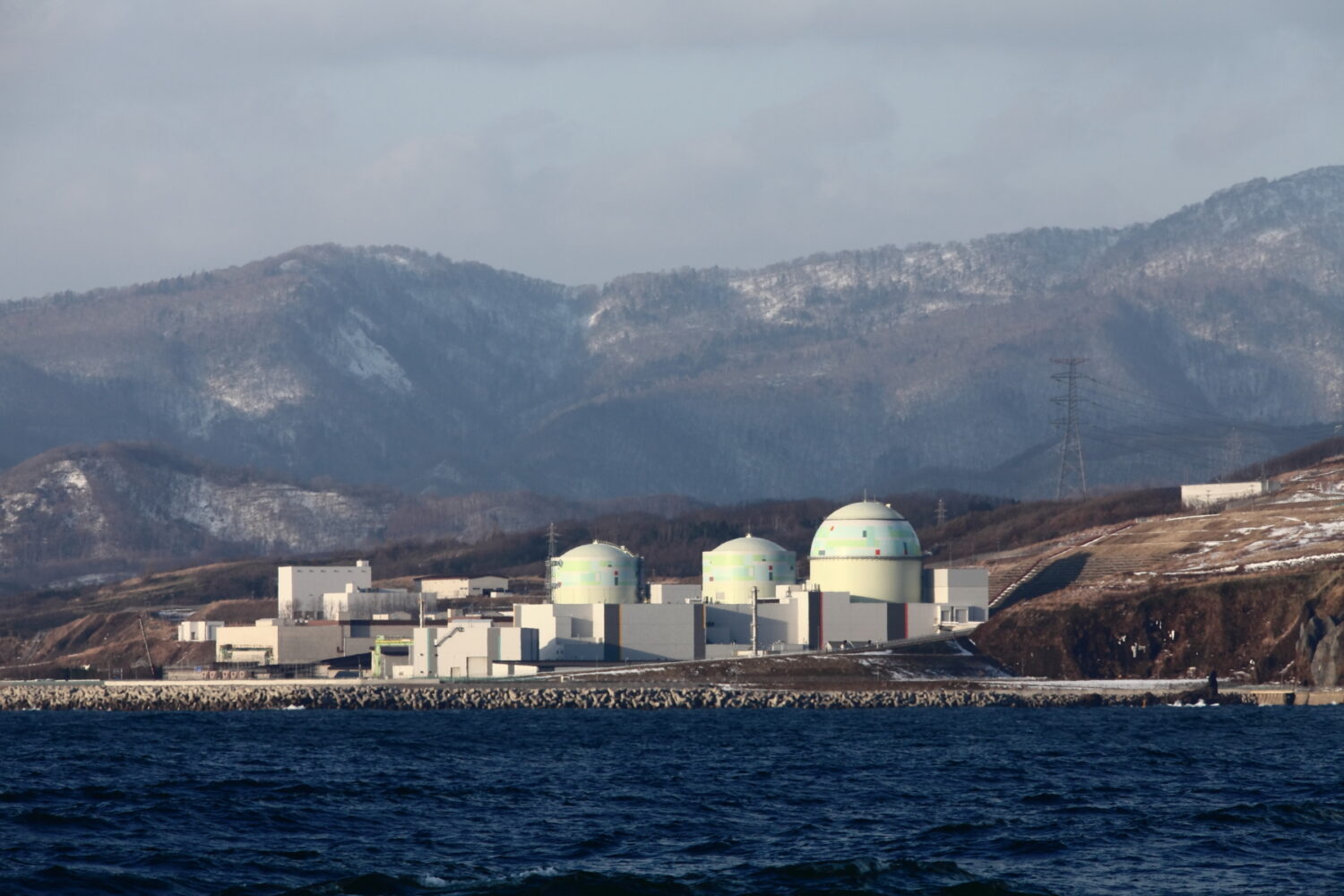
-049.jpg)
.jpg)

